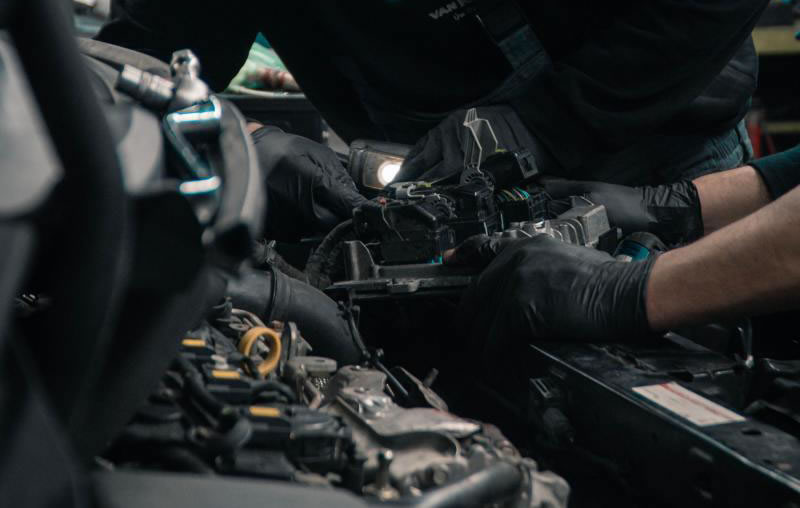Why does the engine produce garbage?

Many people don’t know where the engine carbon deposits come from. Today we will talk about this issue.
First of all, we need to know that the four stages of the engine’s work are:
Intake stroke: When the “piston” moves from the “top dead center” in the “cylinder” (also known as the “combustion chamber”) to the “bottom dead center”, the “intake valve” opens, and the “exhaust valve” closes. Fresh The “mixture” of air and gasoline is sucked into the “cylinder”;
Compression stroke: The “inlet/exhaust valve” is closed, the “piston” moves from the “bottom dead center” to the “top dead center”, and the “mixture” is compressed to the top of the “cylinder” to increase the temperature of the “mixture”. Prepare for the work schedule;
Work stroke: The “spark plug” ignites the compressed “mixture”, the “mixture” “explodes” in the cylinder and generates huge pressure, pushing the “piston” from the “top dead center” to the “bottom dead center” and passing the ” “Connecting rod” pushes the “crankshaft” to rotate;
Exhaust stroke: The “piston” moves from “bottom dead center” to “top dead center”. At this time, the “intake valve is closed” and the “exhaust valve” is opened, and the burned exhaust gas is discharged through the “exhaust manifold” Outside the “cylinder”.
In this process, the main components involved in the combustion work are “oxygen” (air), “fuel” (gasoline) and the internal metal parts of the “engine”. Dirt is caused by these three “participants”.
Then, after solving it, I will explain to you how carbon deposits are produced:
Fuel that cannot be fully burned produces “carbon deposits”: all the “fuels” cannot be fully burned. For example, some of the “carbon elements” in “gasoline” that have not been burnt will produce “carbon deposits” and adhere to the “intake ducts”. “”, “intake/exhaust valve”, “cylinder”, “injector”, “spark plug” and other components. Part of the “carbon deposits” that fall off will float or settle in the “fuel line” and “fuel tank” (of course, most of them will be filtered by the “fuel filter”);
Deterioration of lubricating oil produces sludge, etc.: The “engine” mainly uses the “crankshaft and connecting rod mechanism” to perform work, and the “crankshaft and connecting rod mechanism” must pass through the “engine lubricating oil” (ie, “oil”) that has the functions of lubrication, sealing, and cleaning. Carry out lubrication protection. However, due to the high temperature and high pressure inside the “cylinder” when the “engine” is working, the oil will inevitably deteriorate over time, producing sludge and gum (also known as “lacquer”). If it exceeds the filtering tolerance of the “oil filter”, it will It will circulate in the entire “lubrication system”, and part of it will be deposited in the “oil pan”;
The friction of the parts produces metal debris: When the “piston” is cold started or is not fully lubricated, it rubs against the “cylinder wall” to produce metal debris. These debris will also be brought into the “lubrication system” along with the oil , Part of it will also be deposited in the “oil pan”;
Impurities from the outside: When the outside air enters the engine through the intake system, some unfiltered micro-particle impurities are carried into the cylinder, and the part that cannot be burned becomes the engine “Internal impurities.
It is important to clean the engine carbon deposits regularly, HHO carbon cleaner, your best choice. If you want to know more about HHO, welcome to contact us!
Want to know more HHO Carbon Cleaner?
Email: sales@carboncleaningmachine.com
WhatsApp:+86 153 6403 5493
Wechat :+86 153 6403 5493